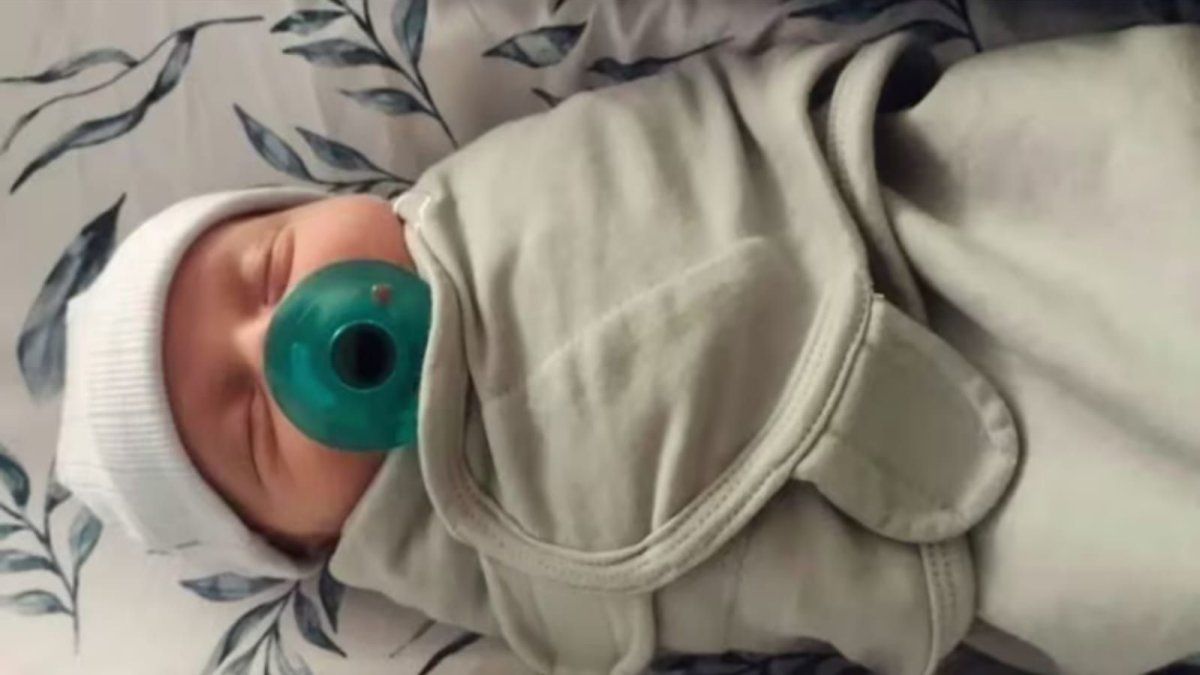A baby was born this week in USAafter the embryo remained frozen for more than 30 years. His parents are an Ohio couple and believes is that it is a record of storage time before a birth.
In what is known as Embryo adoptionLindsey and Tim Pierce used several embryos donated in 1994 in their search to have a child after years of fighting infertility.
“The oldest baby in the world” was born: the embryo was frozen since 1994
“I always felt that these three little hope, these little embryos, deserved to live the same as my daughter,” said Pierce’s donor, Linda Archerd (62). About 2% of births in the US are the result of In vitro fertilization (IVF)and an even lower fraction involves donated embryos.
Frozen embryo couple
The Pierce were parents after their donor offered three embryos.
CNN
However, medical experts estimate that there are currently around 1.5 million frozen embryos stored throughout the countrymany of them waiting for what parents decide on what to do with them.
The issue is further complicated by a decision of the Alabama Supreme Court In 2024 that determined that frozen embryos have the legal status of children.
Since then, state leaders devised a temporary solution that protects responsibility clinics from that ruling, although doubts persist about the remaining embryos.
According to him Dr. John David Gordonthe transfer of the almost 31 -year -old embryo marks the birth of a frozen embryo for a longer time. Gordon states that his clinic helped in the previous record, when two other citizens, Lydia and Timothy Ridgewaywere born of frozen embryos for 30 years.
“I think these stories capture the imagination,” said Gordon and added that “they are also a warning: why are these embryos in storage? Why do we have this problem?”
Advanced paternity: New study reveals risks to pregnancy and baby
A European study conducted in Clinics of Italy and Spain concluded that The father’s age directly influences the success of fertility treatments. According to the investigation, the older men of 45 years They present a higher risk of miscarriage and lower rate of living birthseven with young ovules.
The investigation, presented at the Congress of the European Society for Human Reproduction and Embryology (Eshre), analyzed 1.712 Assisted reproduction cycles made in Clinics of Italy and Spain. The ovules came from young women, with an average of 26 years, while the receivers were on average 43.3 years. The men were divided into two groups: Children and over 45 years.
Source: Ambito




